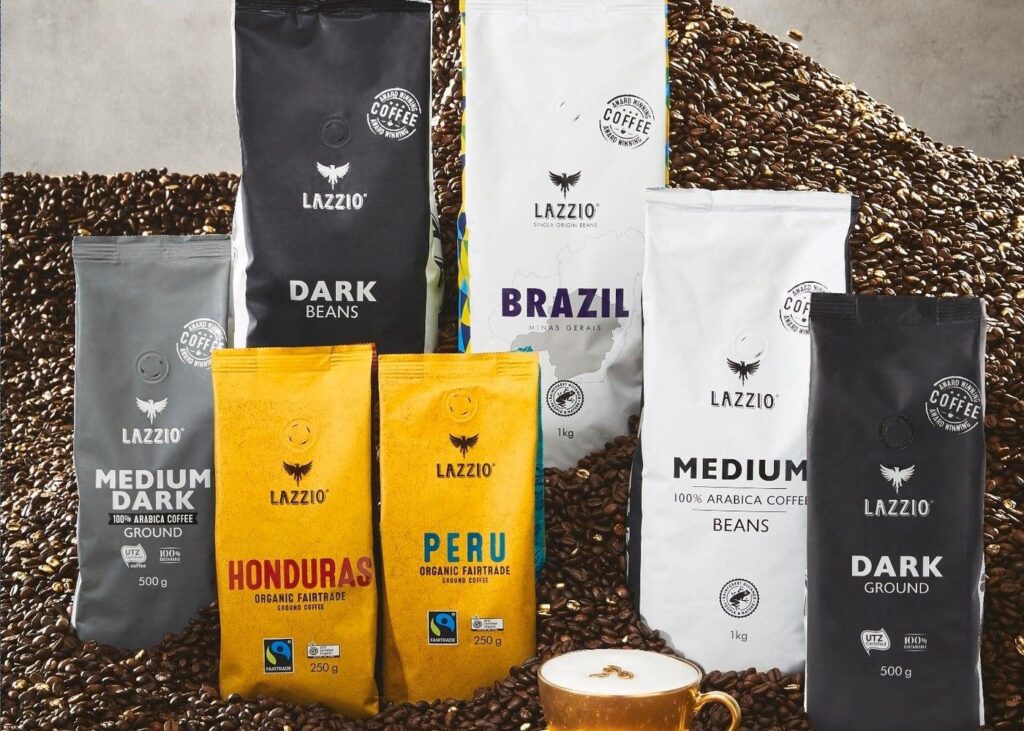Having just begun a big-girl makeup course, and having already learnt so many useful things, if there is one thing I have learnt about achieving a great face of makeup, is that you need a great base to get a great face. You can have bomb ass eyeshadow and crisp, clean red lipstick, but if your foundation sucks, then your face sucks. And to get a good base, you need to start with the skin. So, today I thought I’d have a little chat with y’all about skin types and the best foundations to pair with them.
Dry/Dehydrated Skin: Typically characterised by super small pores, a rougher, possibly flakey complexion, red patches, less elasticity in your skin and visible lines. You may find that foundation clings to your skin in certain ‘dry patches’ and makes it difficult for you to blend it out.
I recommend moisturising about 5-10 minutes before applying makeup to hydrate your skin – if you find you have this skin type – to keep things smooth and plump. And use a hydrating primer to help boost your skin.
In terms of foundation, stay away from any kind of matte foundation and keep powders to a minimum, as these will only dry out your skin more. Opt for a ‘dewy’ finish foundation, as it is hydrating and non-drying.
Oily Skin: Traits of the oily-skinned are enlarged pores, a shiny complexion, blackheads, pimples or other kinds of blemishes. You may find that your foundation gets very shiny through the day and that it tends to wear from your skin quickly.
If you do have this skin type, wash your skin morning and night with an oil-free cash cleanser and use a toner to tighten those pores. Use an oil-free moisturiser before you apply makeup and use a pore-erasing primer to help prolong your makeup.
As for foundation, I would suggest using something with a ‘satin’ finish — in between ‘matte’ and ‘dewy’. Matte foundations often look flat on the skin and black out a persons face, whilst the others give the face dimension. For extra oil control, use a translucent powder to blot the areas of your face that you get the most oily.
Combination Skin: Congratulations — you have made it to my world. This is my skin type, and unfortunately, I can’t really give you many instructions for this because everybody who has combo-skin is different. A combination skin type is exactly what it sounds like — dry or normal in some areas and oily in others, such as the T-zone (nose, forehead, and chin). A heap of people have combo-skin, which basically means do different skin-care and use different foundations on different parts of yo face gurl. Experiment and assess your skin based on the criteria of those listed above to decide what treatments and foundations to use on what parts of your face.
And that’s basically everything there is to know about the three basic types of skin. Go forth my proteges; assess your skin and make the world a better place via your new-found knowledge of foundation.
Written by Jessica Alves
@jessicazalves





